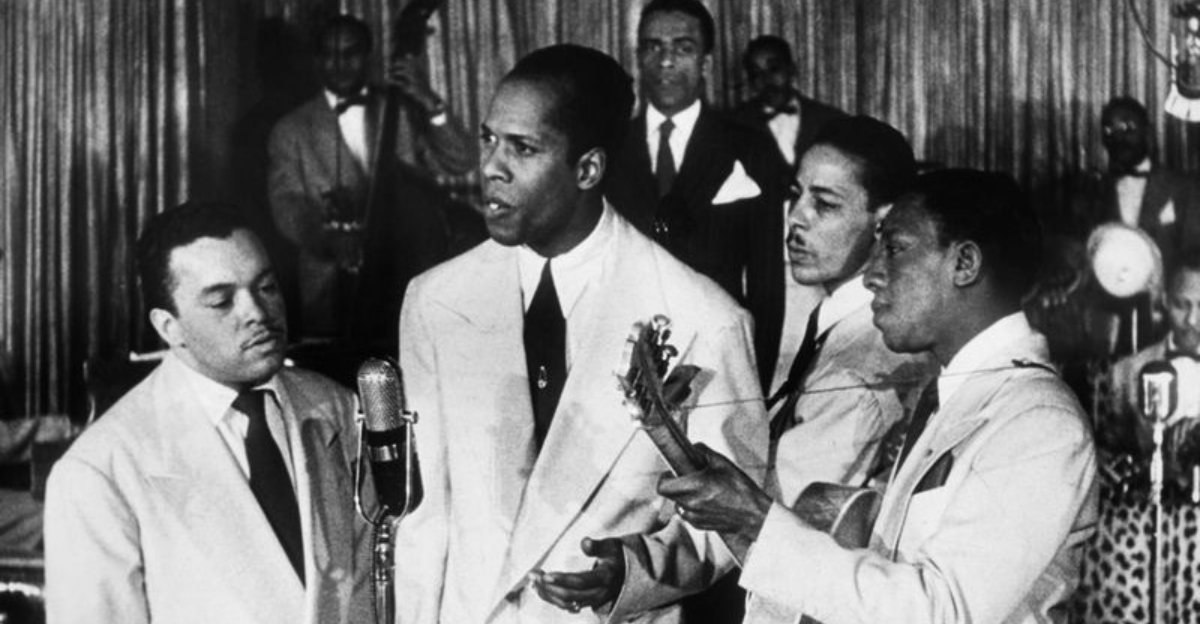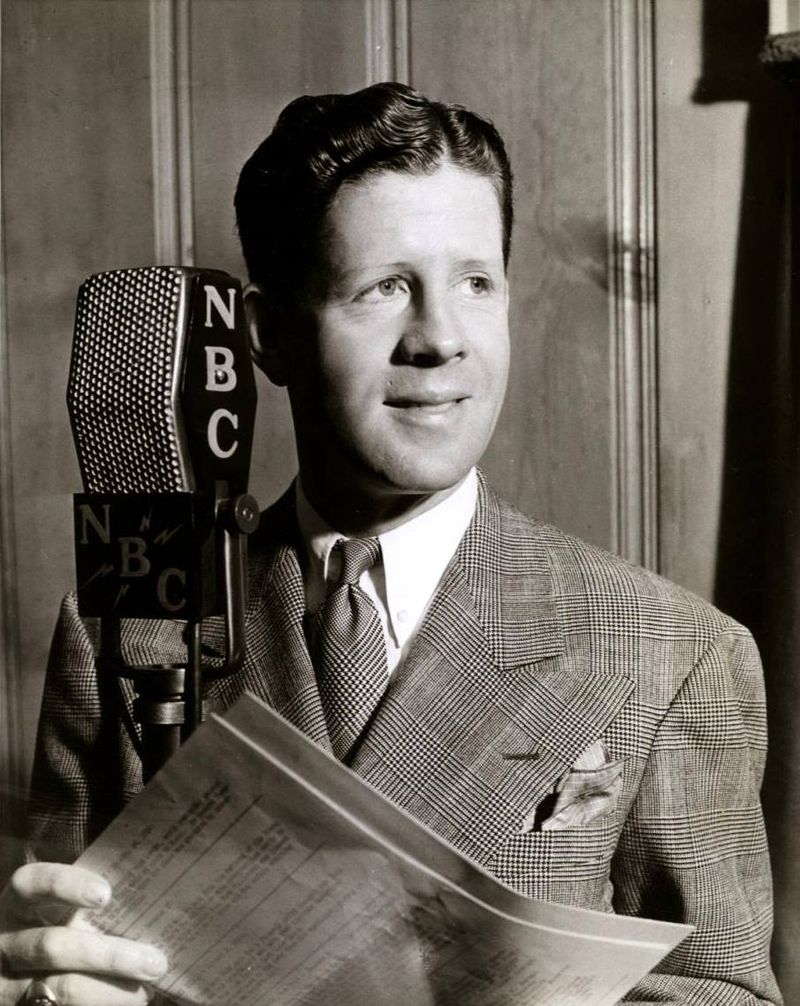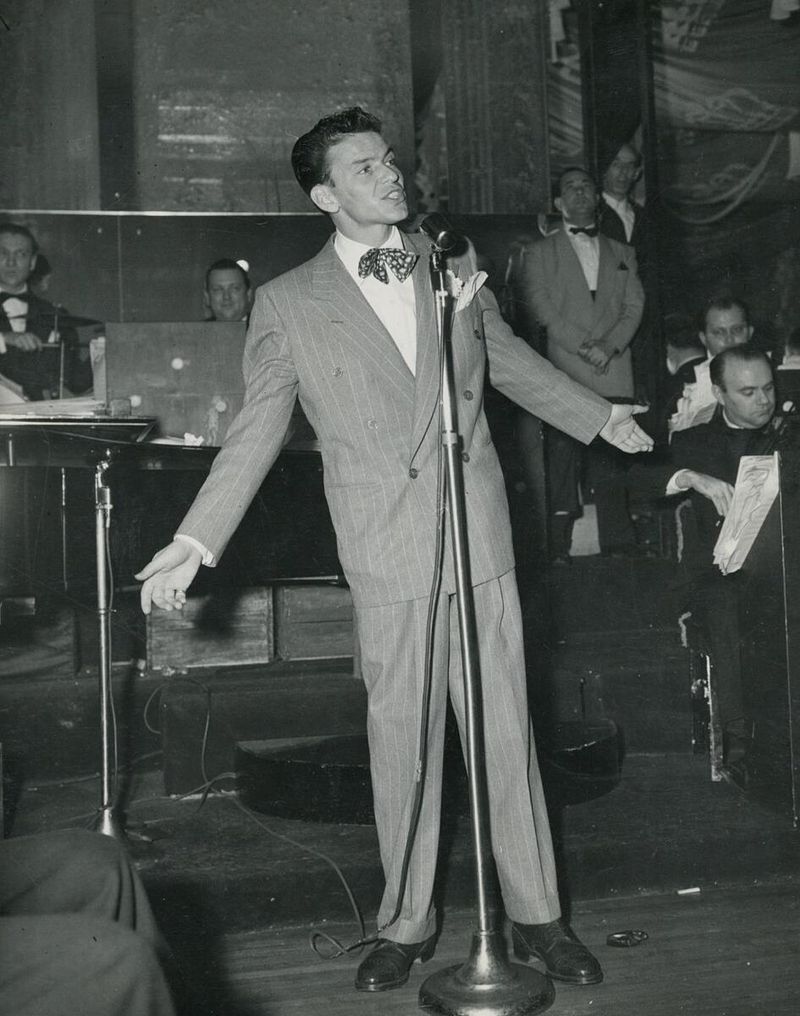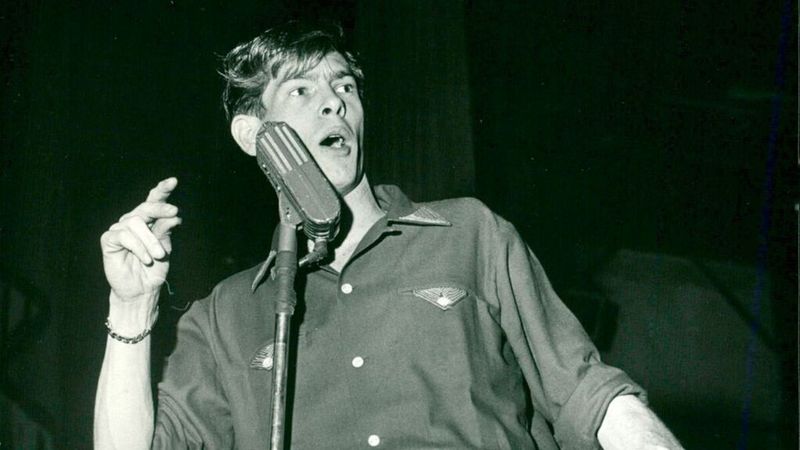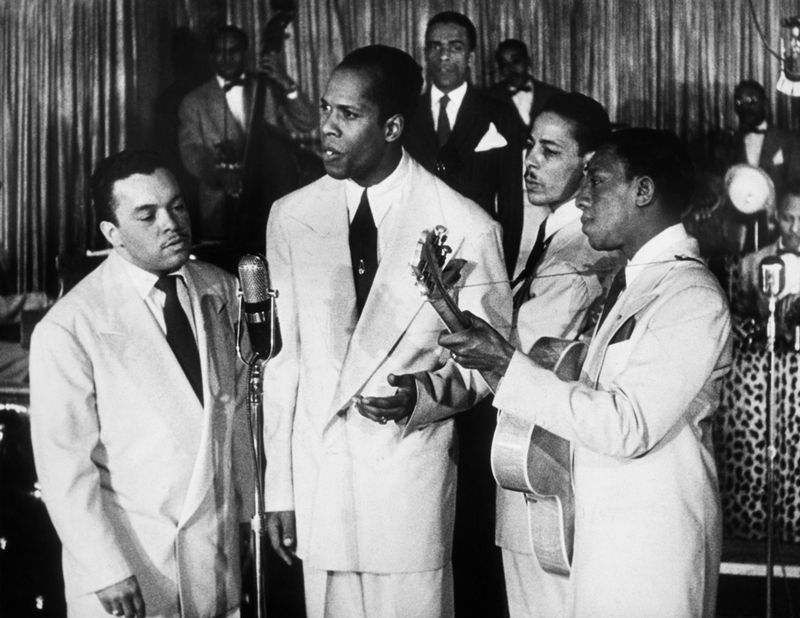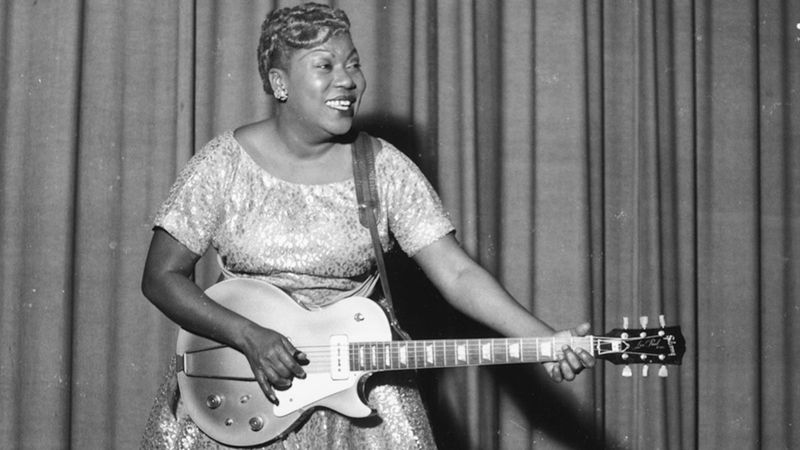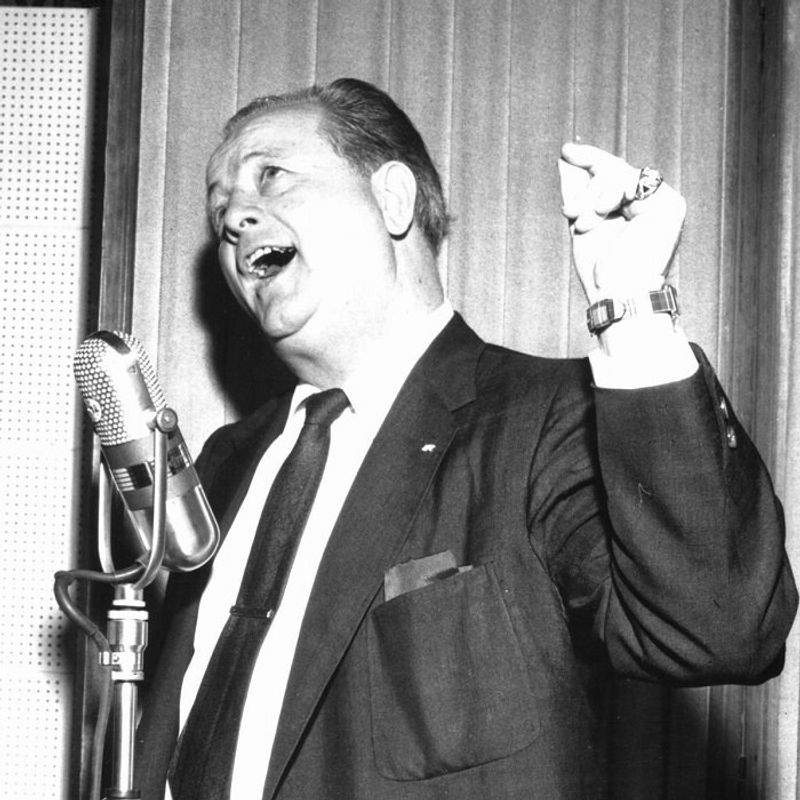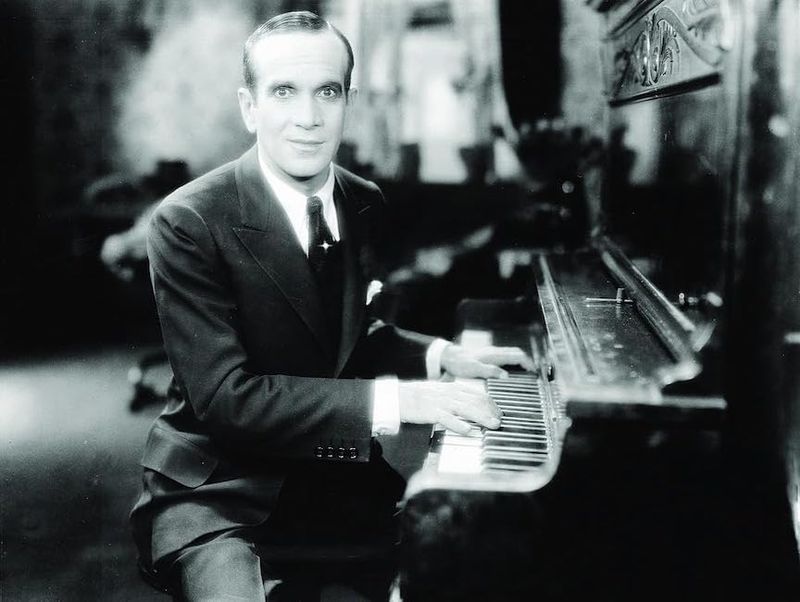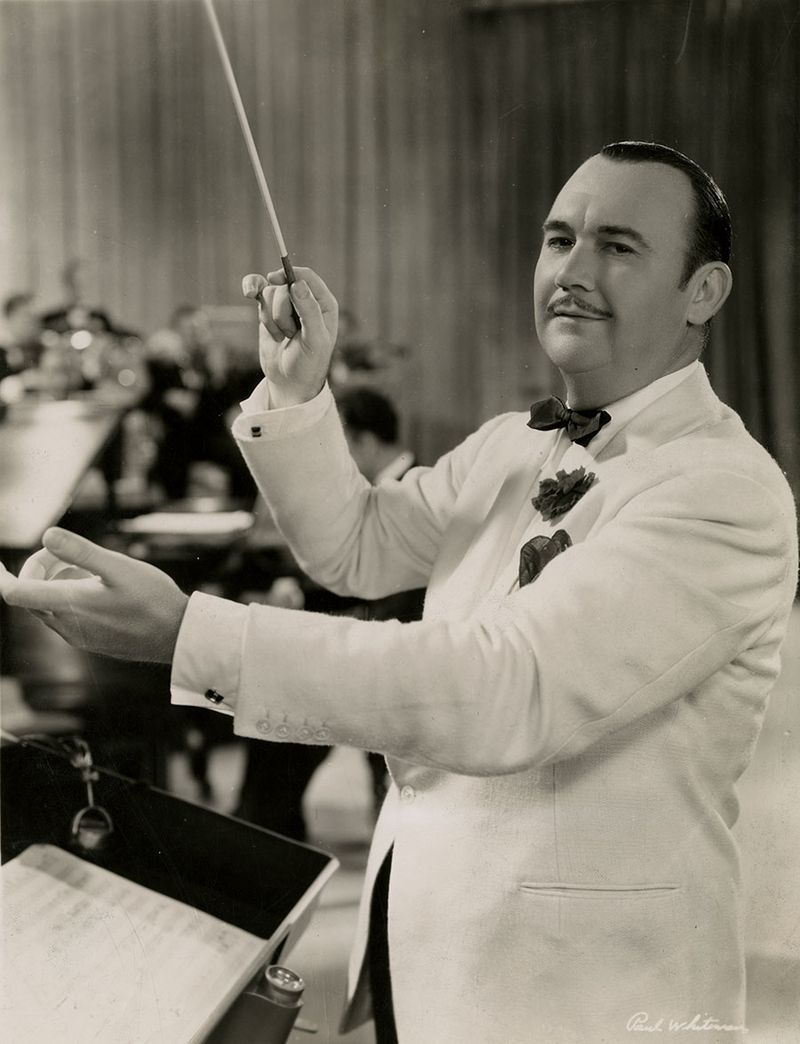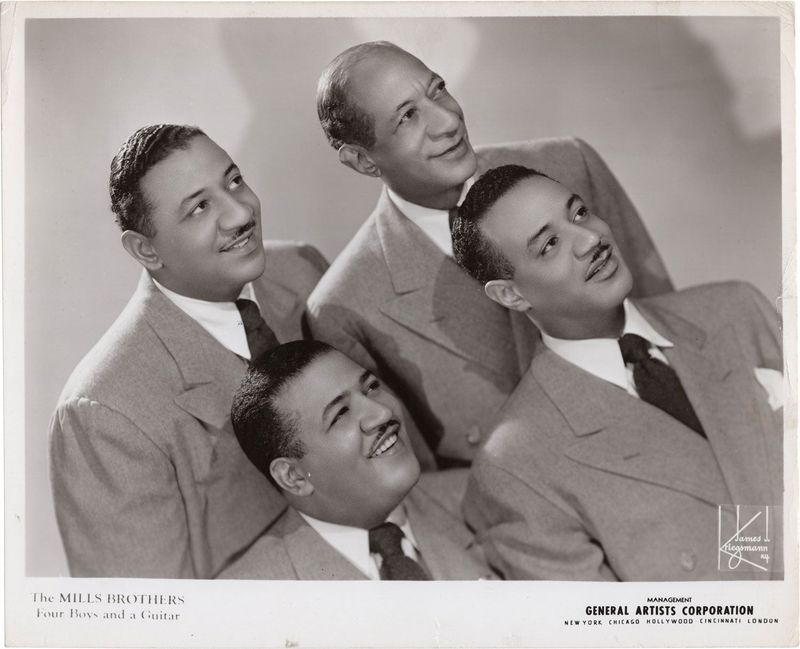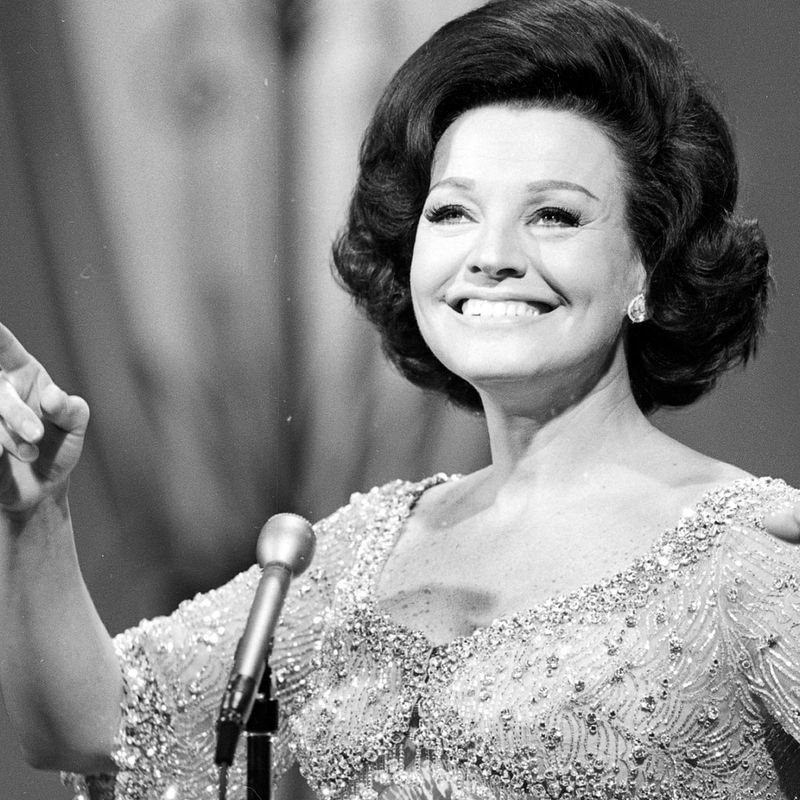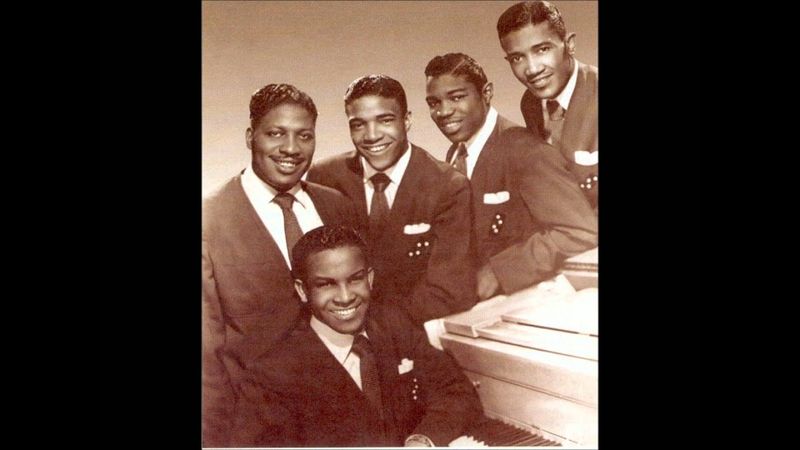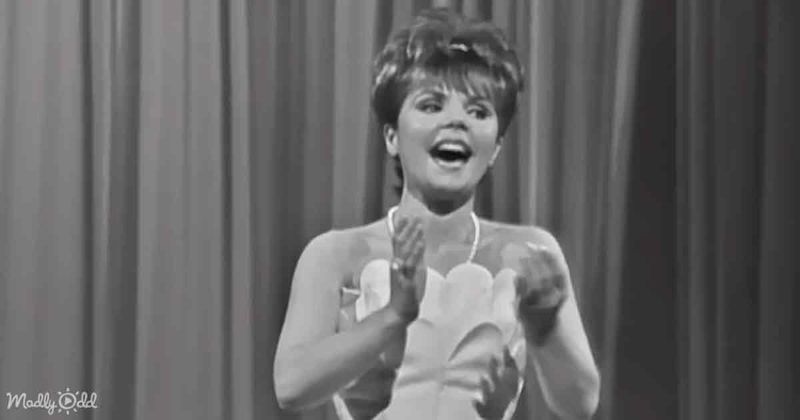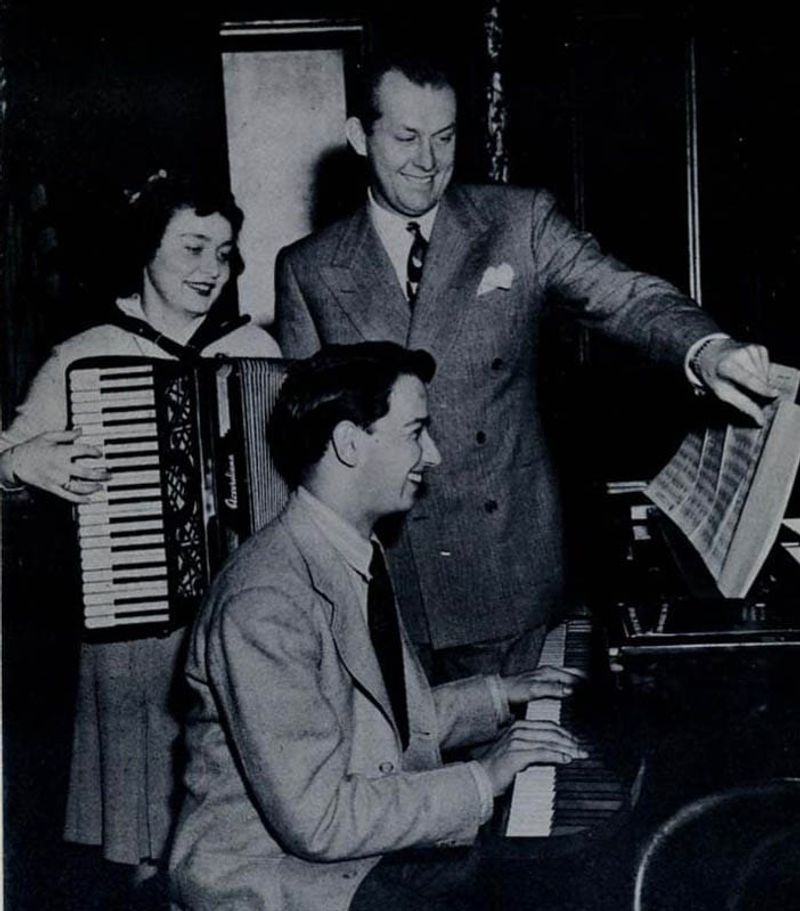Elvis Presley is often remembered as the king of rock ‘n’ roll, but he wasn’t the only musical giant of his time. Many celebrities before and during his era captivated audiences worldwide, leaving a mark that history sometimes forgets. This list explores 13 such celebrities who, at their peak, were even more prominent than Elvis himself.
1. Rudy Vallée (1920s–30s)
Rudy Vallée was the original teen idol, a heartthrob who sparked mass hysteria among his fans in the 1920s and 30s. His crooning voice and debonair style made him a nationwide sensation. Women fainted at his concerts, and his records sold by the millions. Vallée’s impact was profound, paving the way for future pop superstars. Unlike many artists of his time, he embraced radio as a medium, ensuring his voice reached every corner of America. While time may have dimmed his spotlight, his influence on modern music remains undeniable.
2. Frank Sinatra (1940s “Bobbysoxer” Era)
In the 1940s, Frank Sinatra was the voice that defined a generation. Known as “The Voice,” his concerts stirred near-riots, with bobbysoxers screaming and swooning at his every note. Sinatra’s rise to fame was meteoric, with charisma and vocal talent that captivated millions. Long before Elvis shook his hips, Sinatra’s smooth tones ruled the airwaves and concert halls. His influence on pop culture was immeasurable, leaving a legacy that persists today. Though he shared the stage with many greats, Sinatra’s reign during this era was unparalleled.
3. Johnnie Ray (Early 1950s)
Johnnie Ray, dubbed the “Prince of Wails,” was a pioneer of emotional and theatrical performances. His ability to convey vulnerability captivated audiences in the early 1950s. Before Elvis recorded a single note, Ray was already a chart-topping sensation. His hits dominated, and his stage antics—crying and collapsing—set a new standard. Many artists, including Elvis, were inspired by Ray’s expressive style. Despite fading from the spotlight, his influence is still felt. His emotional depth and daring performances challenged the norms, paving a path for future rock and pop icons.
4. The Ink Spots (1930s–40s)
The Ink Spots are often credited with laying the foundation for doo-wop and rock & roll with their smooth harmonies. In the 1930s and 40s, they were one of the best-selling vocal groups, selling millions of records. Their influence extended to many artists, including Elvis, who covered their songs. Despite their pivotal role in music history, their legacy is often overshadowed by later stars. The Ink Spots’ innovative sound bridged genres and brought African American music to a broader audience, impacting the future of popular music significantly.
5. Sister Rosetta Tharpe (1930s–40s)
Sister Rosetta Tharpe, often hailed as the “Godmother of Rock & Roll,” was a trailblazer of electric guitar in gospel music. Her blend of gospel and early rock in the 1930s and 40s inspired countless musicians. Chuck Berry, Elvis, and Little Richard all cited her as a major influence. Tharpe’s energetic performances and innovative style broke barriers, making her a pivotal figure in music history. Though not as widely recognized today, her groundbreaking work laid the groundwork for the rock & roll revolution that followed.
6. Gene Austin (1920s–30s)
Gene Austin was a pioneering crooner who became the first to sell 10 million records with his hit “My Blue Heaven.” His smooth, soothing voice made him a household name in the 1920s and 30s, long before the widespread use of microphones. Austin’s music resonated with the masses, setting the stage for future crooners like Bing Crosby. His influence extended beyond music, as he helped shape the commercial music industry. Though his name may not be well-known today, Austin’s contributions to music and recording technology were monumental.
7. Al Jolson (1910s–30s)
Al Jolson was a multimedia sensation, dominating music, film, and radio in the 1910s and 30s. Known for his powerful voice and theatrical performances, he was the biggest star in the world before talkies. Jolson’s influence reached far and wide, inspiring artists like Bing Crosby and Elvis. His live shows, filled with charisma and energy, were legendary. As one of the first to embrace new entertainment mediums, Jolson’s legacy in the entertainment industry remains influential. His contributions to music and cinema paved the way for future stars.
8. Paul Whiteman (1920s–30s)
Paul Whiteman, known as the “King of Jazz,” revolutionized music in the 1920s and 30s. His orchestra was a sensation, introducing jazz to mainstream America and selling millions of records. Whiteman’s innovative arrangements and collaborations with artists like George Gershwin helped shape the sound of an era. Without his influence, the swing and big band movements might never have taken off. Though his name may not be widely recognized today, Whiteman’s contributions to jazz and popular music were monumental, impacting generations of musicians.
9. The Mills Brothers (1930s–40s)
The Mills Brothers were trailblazers as the first Black artists to achieve a #1 hit on the pop charts. Their smooth harmonies captivated audiences in the 1930s and 40s, selling 50 million records. Influencing everyone from Frank Sinatra to The Beatles, they left an indelible mark on music history. Despite their monumental success, their legacy is often overlooked in popular discourse. Their innovative use of vocal harmonies and instruments set a standard for future musical groups, cementing their place as pioneers in the evolution of popular music.
10. Kay Starr (1950s)
Kay Starr was a powerhouse in the early 1950s, known for her hit “Wheel of Fortune” which outsold Elvis in 1953. With a voice that could tackle jazz, pop, and country, Starr captivated audiences worldwide. Her ability to adapt to various musical styles made her a standout artist of her time. Before rock & roll dominated the airwaves, Starr’s music topped the charts. Though she competed directly with Elvis, her contributions to music are often overshadowed. Starr’s dynamic vocal range and versatility left a lasting impression on the music industry.
11. Billy Ward & His Dominoes (Early 1950s)
Billy Ward & His Dominoes were trailblazers in the early 1950s, known for their hit “Sixty Minute Man,” the first R&B song to crossover to pop charts. Their energetic performances and innovative sound paved the way for rock & roll. Elvis later covered their songs, though their impact is rarely credited. The Dominoes’ influence on the music industry was significant, laying the groundwork for future R&B and rock artists. Despite their foundational role, their legacy remains underappreciated. Their fusion of rhythm, blues, and pop set a new standard for musical innovation.
12. Teresa Brewer (1950s)
In the early 1950s, Teresa Brewer was a top-selling female artist with hits that outperformed Elvis until his breakout in 1956. Her perky pop tunes resonated with audiences, solidifying her status as a leading star of her time. Brewer’s infectious energy and vibrant performances made her a household name. Despite the rise of rock & roll, she maintained a strong presence in the music scene. Her ability to capture the spirit of the era with catchy melodies and spirited delivery left a lasting impression on the industry, though often overshadowed by later stars.
13. Vaughn Monroe (1940s–50s)
Vaughn Monroe was a baritone crooner whose deep voice and movie-star looks made him a sensation in the 1940s and 50s. With multiple #1 hits, Monroe dominated the charts as one of the last pre-rock stars. His charismatic performances and smooth vocals captivated audiences across the nation. Though overshadowed by the rock revolution, Monroe’s contributions to music were significant. His ability to blend big band and pop set a standard for future artists. Monroe’s influence extended beyond his era, leaving a legacy that continues to inspire.
